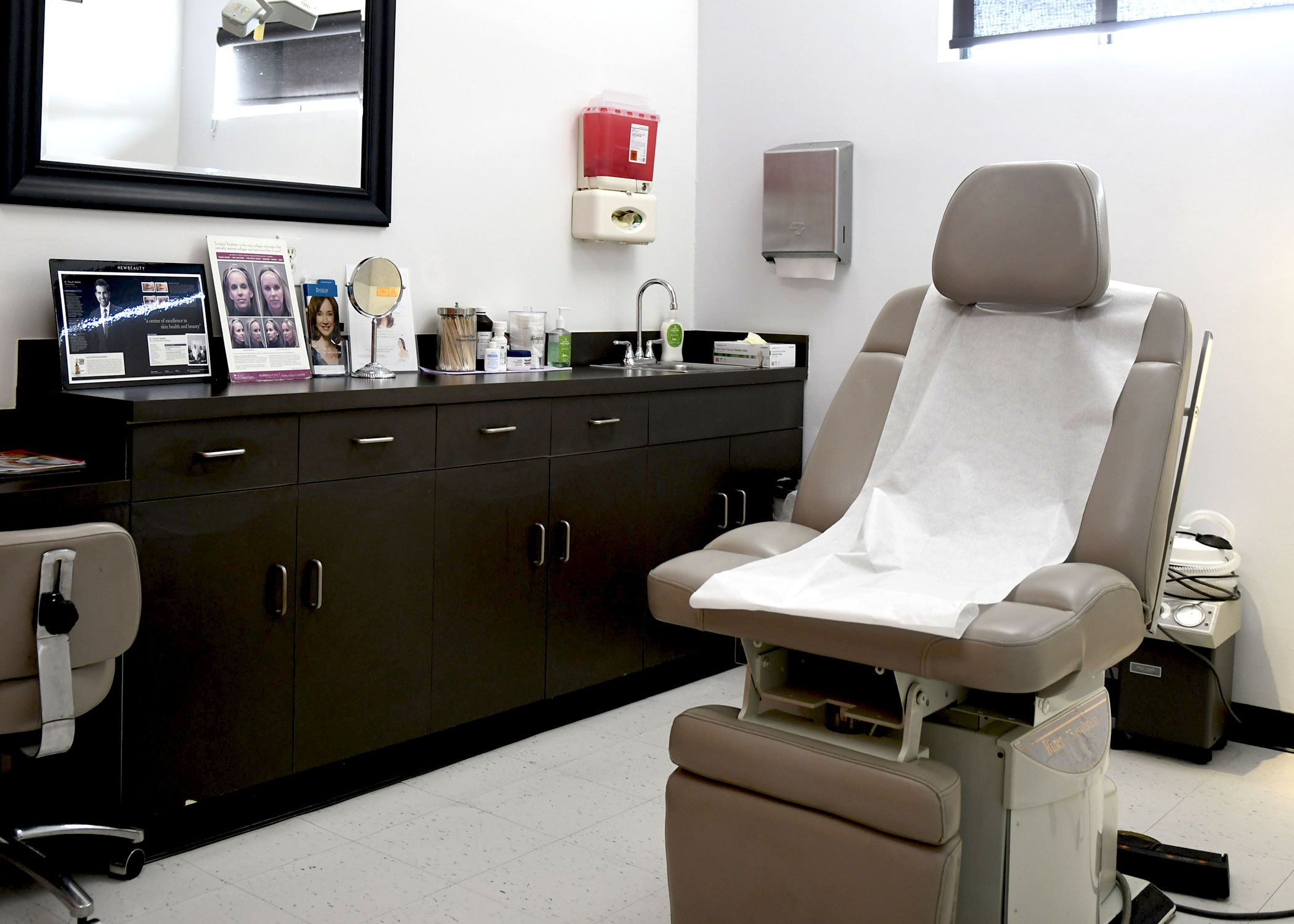Appearing as rough, scaly or crusty areas on the skin, actinic keratoses are precancerous lesions caused by long-term exposure to ultraviolet light, including sunlight and tanning beds. The scalp, face, ears, neck, upper chest, forearms and hands are most commonly affected.
Risk factors of actinic keratosis
Who is at risk for actinic keratosis? Individuals who are fair-skinned, with light-colored hair and eyes, and those with a challenged immune system or who frequently freckle or burn from sunlight are particularly susceptible to the forming actinic keratosis. However, its symptoms can appear in any individual with prolonged exposure to sunlight or tanning beds.
Recognizing actinic keratoses
It's important to consult a trained and certified dermatologist if you notice a section of skin that has a rough texture, thickened growth, oozes and/or is discolored. Pigment changes can range from light pink or beige to brown, and size can vary from a tiny dot to the diameter of a nickel.
Treatment options for patients throughout Orange County
A variety of treatments are available to our patients throughout Orange County who suffer from actinic keratoses. Your dermatologist will discuss the appropriate options for your particular condition. While some keratoses can be left untreated, dermatologists may biopsy overly large or thickened lesions to rule out skin cancer. Here are some of the current actinic keratoses treatment options:
- Cryotherapy the dermatologist freezes the lesion with liquid nitrogen to cause the lesion to blister and peel away.
- Photodynamic Therapy (PDT), directs a strong laser light at the damaged area that is pretreated with a light-sensitizing solution. The combined solution and light destroy the dam-aged cells.
- Medical chemical peels use a topical solution to make the lesion blister and peel.
- Self-applied topical chemotherapy a topically applied medication destroys the damaged cells and encourages the body's immune system to eliminate the affected area (immunotherapy). These treatments are prescribed by your dermatologist.
- Lasers can be used to resurface the skin, removing the damaged cells and keratoses.
Nearly all of these treatments cause some redness, swelling or other temporary inflammation. Many of the treatments take a few days to a few weeks to eliminate the keratoses and heal. To learn more about our treatment options for actinic keratosis, contact us at any one of our Orange County locations.


